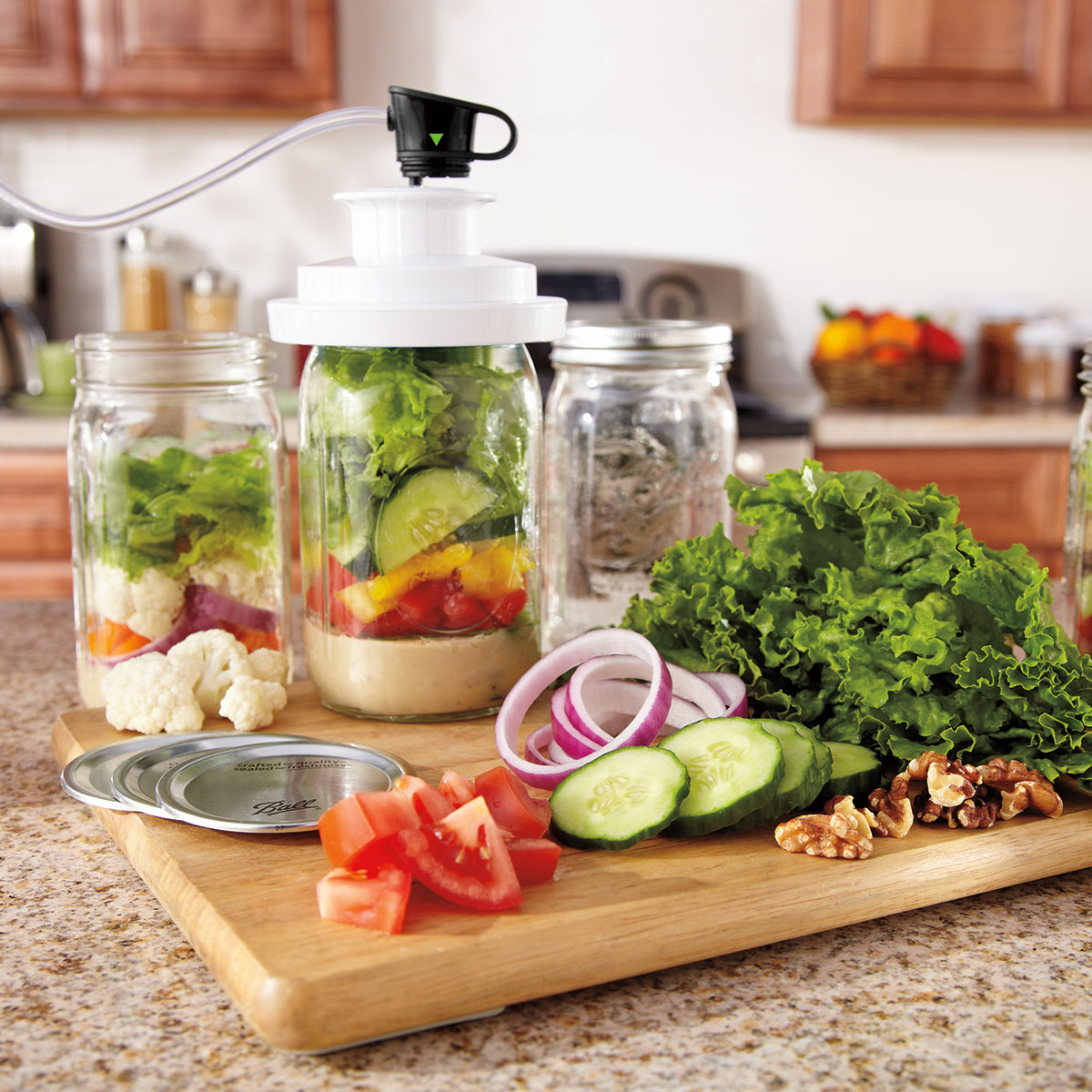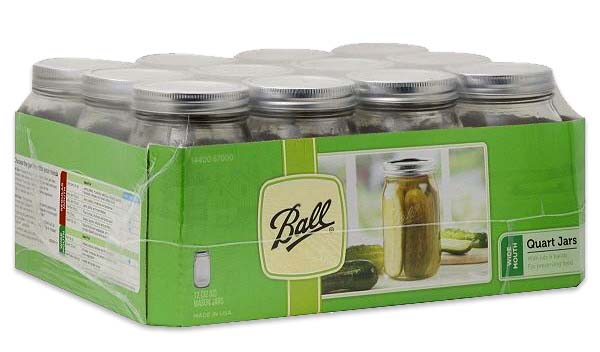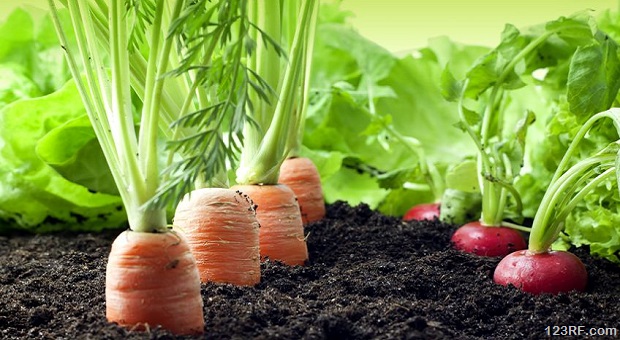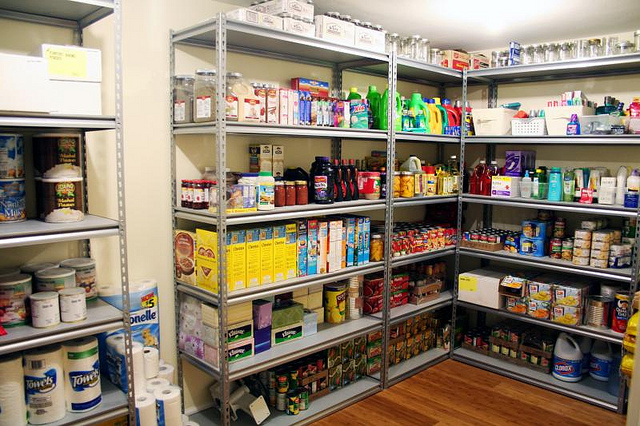Letter Re: Vacuum Sealing Mason Type Jars
Dear HJL, I own my own freeze dryer and with this I seal a lot of food in glass jars. The best way I have found to seal in bulk is something I built. I took an old pressure cooker with a good seal on the lid. I removed all the pressure cooking fittings on top of the lid. I then installed a vacuum gauge with a tee fitting and a ball valve to relieve the vacuum later in the process. I also installed a fitting with a 1/4 flare end. I then attach the flare connection to a vacuum …






